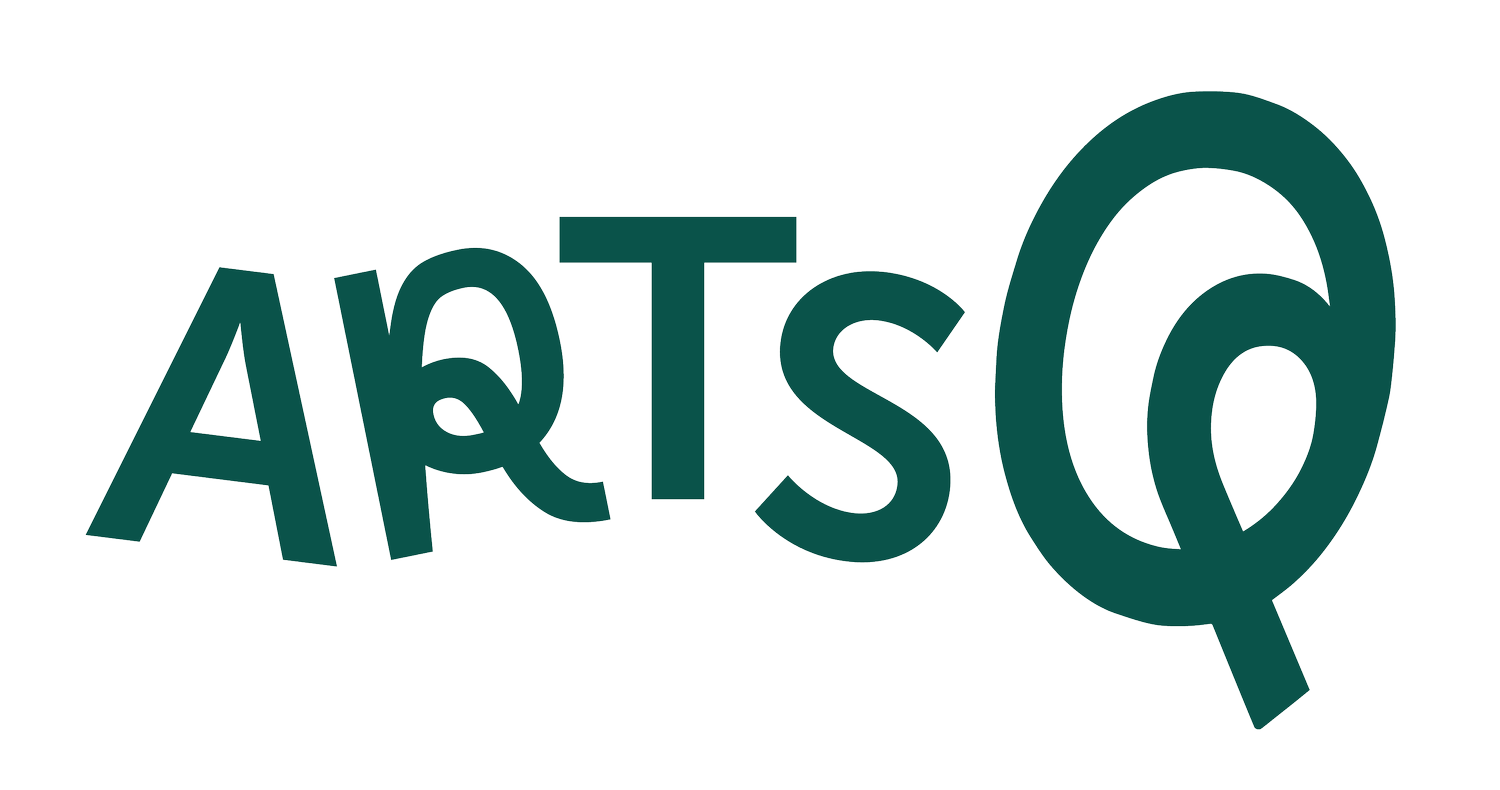Ancient Chinese bronze casting and the piece mold process
Did you know that around 4,000 years ago the ancient Chinese invented their own unique metallurgical technique to cast bronze objects? While everyone else in the ancient world was using the lost-wax technique invented in ancient Mesopotamia, the ancient Chinese of the Shang dynasty invented the section mold technique (also known as the piece mold technique). It was used to cast different types of bronze objects, including tools, weapons, and vessels. The technique involves the use of clay models and complicated piece molds, which were never reused. This means every Shang vessel was made from an original clay model and an original mold—even vessels that are identical!
Learn more about Shang bronzes, including the ores and process used to make the alloy of bronze and the unique metallurgical technology the ancient Shang people used to cast gorgeous bronze vessels decorated with images of fantastic creatures including taotie and gui dragons! This video is the perfect introduction to bronze casting in China!
Main images:
1. Guang vessel, part of an ensemble of 10 bronzes, near the end of the Shang dynasty (11th century BCE), from Henan province, China. Musée Guimet, Paris, France.
2. Replica model for piece-mold process. Hubei Provincial Museum, Hubei Province, China.
3. Mines and ores, Tonglüshan Ancient Bronze Mine Site. Hubei Province, China.
Learn more!
Check out this introductory essay “Shang and Zhou Dynasties: The Bronze Age of China” from the Metropolitan Museum of Arts Heilbrunn Timeline.
Watch a short video that shows the bronze rhinoceros from Shang-dynasty China being created using the piece-mold technique from the Asian Art Museum, San Francisco.
o.National Learning Standards
World History
NSS-WH.5-12.2 ERA 2: EARLY CIVILIZATIONS AND THE EMERGENCE OF PASTORAL PEOPLES, 4000-1000 BCE
